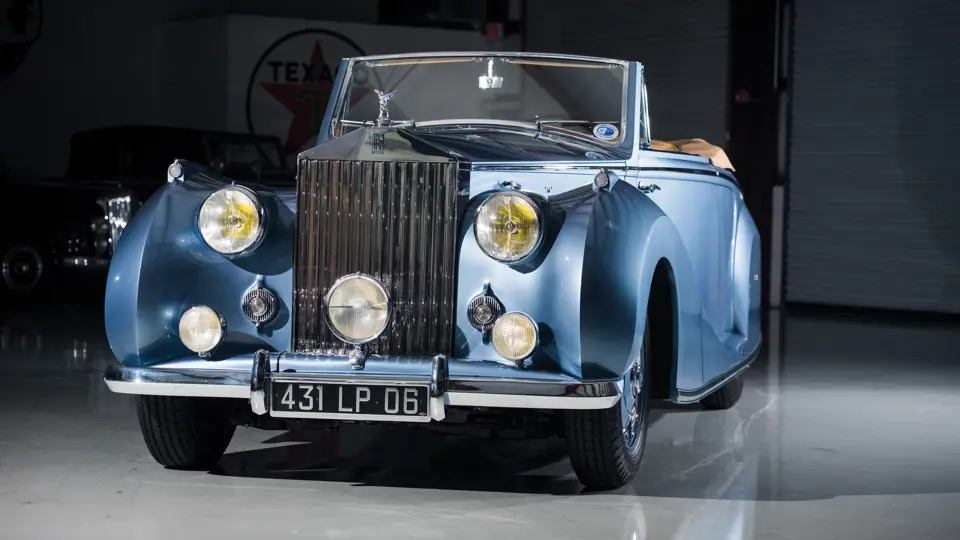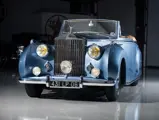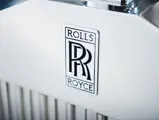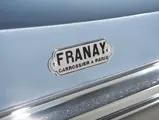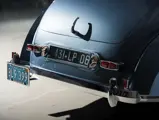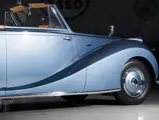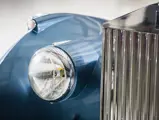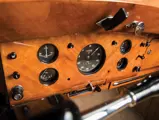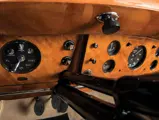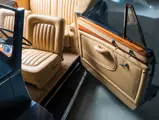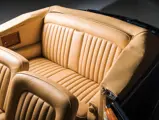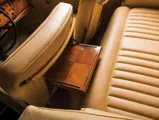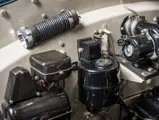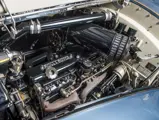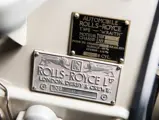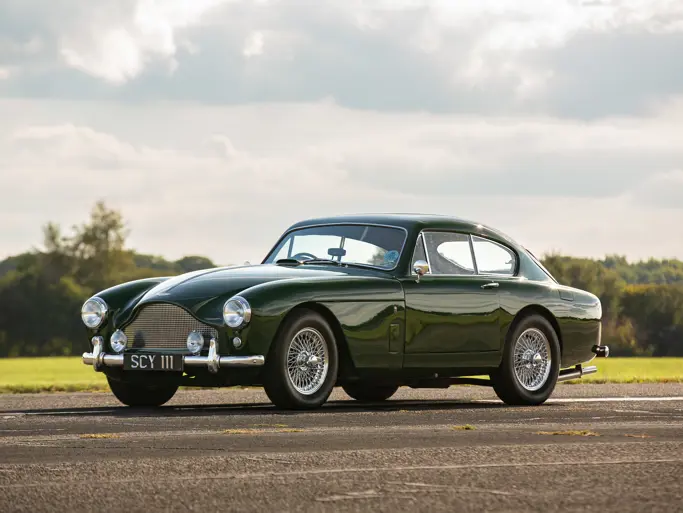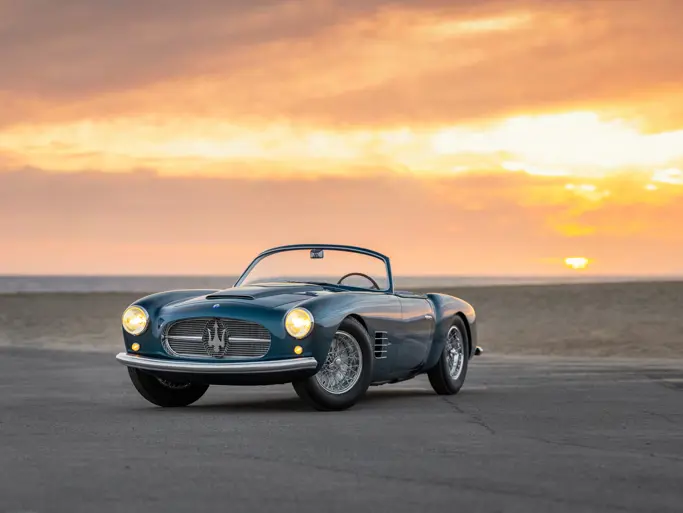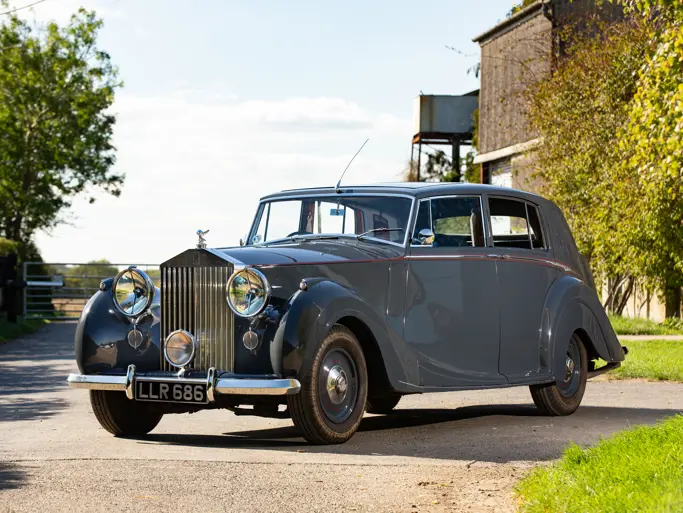
1948 Rolls-Royce Silver Wraith Cabriolet by Franay
{{lr.item.text}}
$473,000 USD | Sold
A Gentleman's Collection: The Pride & Passion of Orin Smith
{{bidding.lot.reserveStatusFormatted}}
- Best in Class, Amelia Island and Pebble Beach Concours d’Elegance
- A bespoke, one-off design by the renowned Parisian coachbuilder Franay
- The very first left-hand-drive post-war Rolls-Royce chassis
- Delivered new to famed chanteuse Lucille Dhotelle Rexach, “La Môme Moineau”
- Single-family ownership for 50 years; three private owners from new
- Immaculate and authentic restoration by marque specialists
- Classic Car Club of America (CCCA) Full Classic
Est. 150 hp, 4,257 cc F-head inline six-cylinder engine, four-speed manual transmission, independent front suspension with coil springs and wishbones, live rear axle with semi-elliptical leaf springs and adjustable shock absorbers, and hydraulic front and mechanical rear drum brakes with power assist. Wheelbase: 127 in.
THE FIRST LEFT-HAND-DRIVE POST-WAR ROLLS-ROYCE
With World War II at an end, Rolls-Royce wasted no time returning to production with a new model, the Silver Wraith, and in promoting that new model to its wealthy clientele. It was especially important to draw new buyers, and, accordingly, one of the earliest Silver Wraith chassis, number WAB63, was specially prepared and then exhibited bare at the Earls Court Motor Show of London in 1948. Naturally, however, a mannequin needs couture to show at its best, so Rolls-Royce subsequently elected to loan the display chassis to a coachbuilder, as the basis for an eye-catching body that would draw attention at the following season’s salons. The coachbuilder chosen was Joseph Poberejsky, a Parisian stylist who had proven to have some interesting modern design ideas.
“Interesting,” indeed. The result made its debut at the 1949 Geneva Motor Show, and, resembling a mutated Volkswagen, utterly horrified all who saw it. The official press catalogue for the show actually described it as “Criminal or Pioneer: The ugly Rolls-Royce sedanca of Poberejsky of which it is said it could be a pioneer.” Rolls-Royce management ensured that the epic atrocity would appear only once, and in short order had taken back the chassis, converted it to left-hand drive as LWAB63, and sold it to a more appropriate owner, a woman who knew and loved beauty, and had the funds to afford the best that life could offer her.
THE RICHEST WOMAN OF THE FRENCH RIVIERA
Lucille Dhotelle was considered, in her time, the only true peer to legendary French songstress, Edith Piaf. Popularly known as La Môme Moineau, or “The Kid Sparrow,” she toured Europe, delighting nightclub crowds. During one such tour, in 1929, the Sparrow met a Puerto Rican engineer and architect, Félix Benítez Rexach, and began a 39-year marriage that would last until her passing. Theirs was a love of grand gestures on a massive scale, enabled by Mr. Rexach’s incredible wealth and inspired by the charismatic and larger-than-life personality of his bride. The couple had courted aboard the SS Normandie, the famed Art Deco ocean liner, and so Mr. Rexach thought nothing of building San Juan’s grandest new hotel, naming it for the liner, and dedicating it as a gift to his wife. No hothouse orchid, La Môme Moineau was a sportswoman, who personally flew the Douglas DC3 that had been yet another gift of love.
The Silver Wraith was another grand gift to the wife described in period as “the richest woman on the French Riviera.” Famed Parisian coachbuilder Franay was commissioned to built a two-door, four-passenger cabriolet, to a unique design with gorgeous compound-curved fenders, wrapped around the wheels, with full rear “spats” and a long flowing beltline. Such was the beauty of the result that Parisian dealer Franco-Brittanic Automobiles exhibited it at both the Concours d’Elegance Automobile d’Enghien and the Concours d’Elegance de l’Auto in Paris in 1950.
According to marque historian Rubén Verdés, Mrs. Rexach took delivery of the car on a temporary French registration, valid for only six months. Remarkably, apparently busied by other pleasures, she did not fully register the car for the first time for another 13 years, until 3 July 1963. (That Nice registration is still fitted to the car today.) Nonetheless, in the duration she appeared with it frequently, posing for press photographers in her pilot’s uniform, with the DC3, Moineau Flyer, usually in the background. In 1975, seven years after her passing, the car was exported to the Dominican Republic, where the Rexachs had a family home, and there it remained, sheltered in a carport on the estate, until 1998.
Richard Gorman, of respected marque specialists Vantage Motorworks in Miami, acquired the car on behalf of the renowned collectors, J. Frank and Milli Ricciardelli, and began a remarkable restoration effort. Lack of wear in the engine and drivetrain confirmed that the roughly 17,000 kilometers showing on the odometer were probably original. Extensive research went into recreating all of the car’s original finishes, down to botanical analysis of the surviving interior woodwork, allowing the correct species of Brazilian pau-marfim wood to be chosen for the dashboard, and studying scraps of original trim in order to precisely match colors. Mr. Gorman noted evidence of special chrome and polished finishes in the engine compartment, from the preparation of the chassis for Earls Court in 1948, and chose to recreate those in the restoration. Painstaking research was even applied to the wiring harness!
The completed restoration debuted at the 1999 Pebble Beach Concours d’Elegance, winning a class award, and subsequently returned there in 2004, this time earning Best in Class. Further awards included Best in Class and Best Post-war Restoration at the Unique and Special Ones event in Florence, Italy, in 2010, and Best in Class at the Amelia Island Concours d’Elegance, in both 2004 and 2015, the latter with its new owners, Orin and Stephanie Smith, only the third caretakers since new.
Chassis number LWAB63 ranks among the most spectacular and historic coachbuilt Rolls-Royces of the early post-war era, with all the gorgeous baroque curves of French carrosserie at its best, and underneath a chassis historically significant in its own right as a showpiece and production landmark. Recipient of a cost-no-object, award-winning restoration, it stands as the audacious streamlined monument to one couple’s fine taste and their willingness to pay for it.
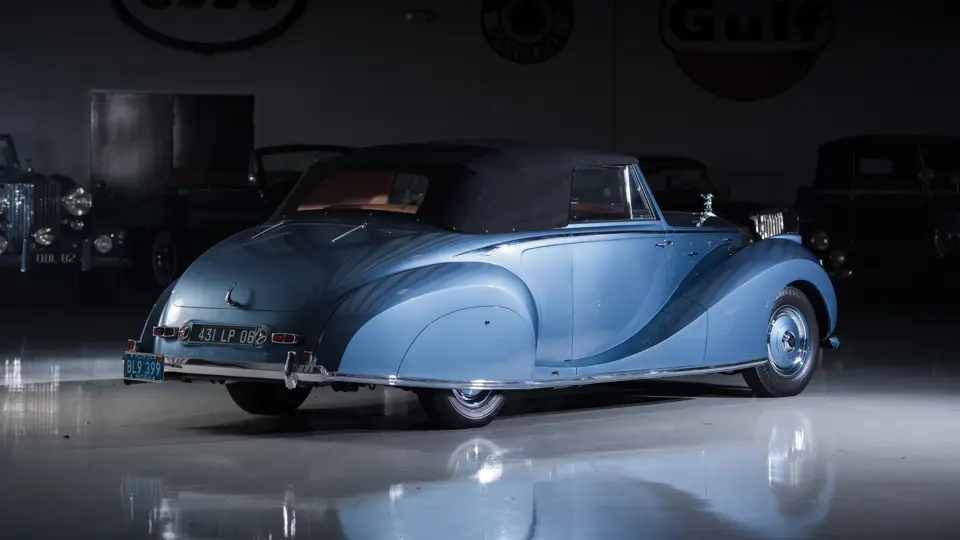
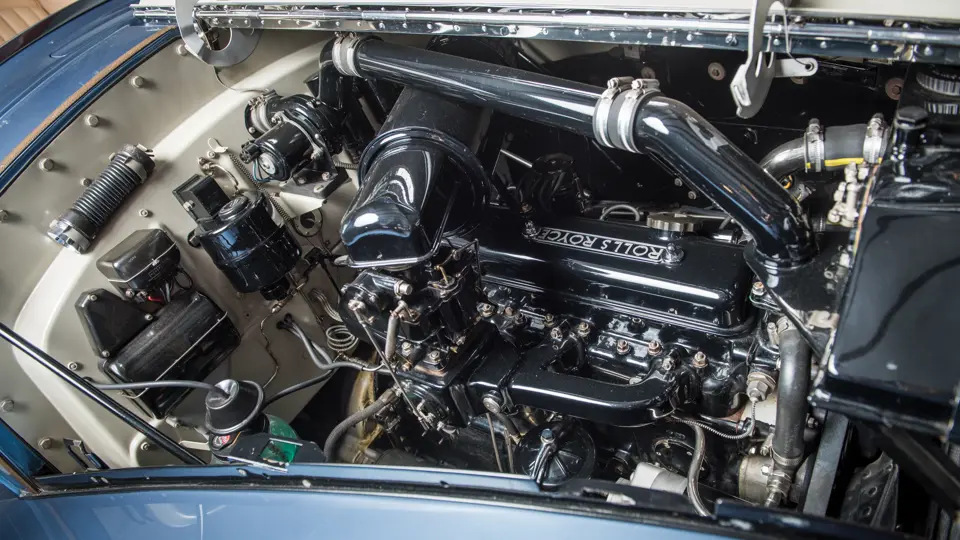
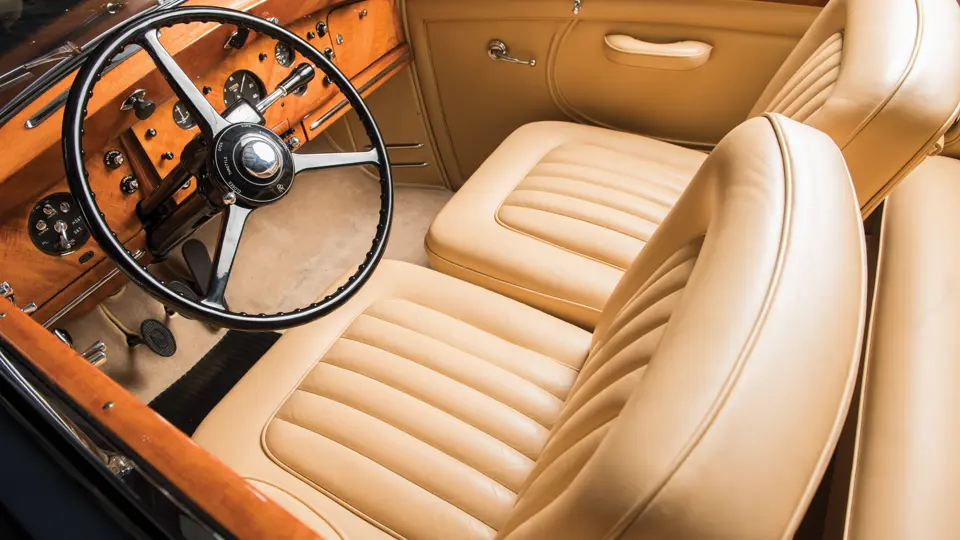

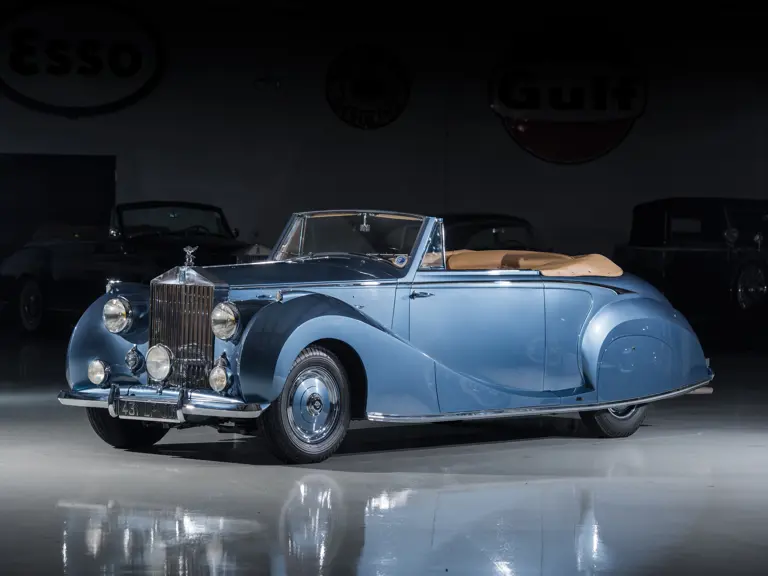
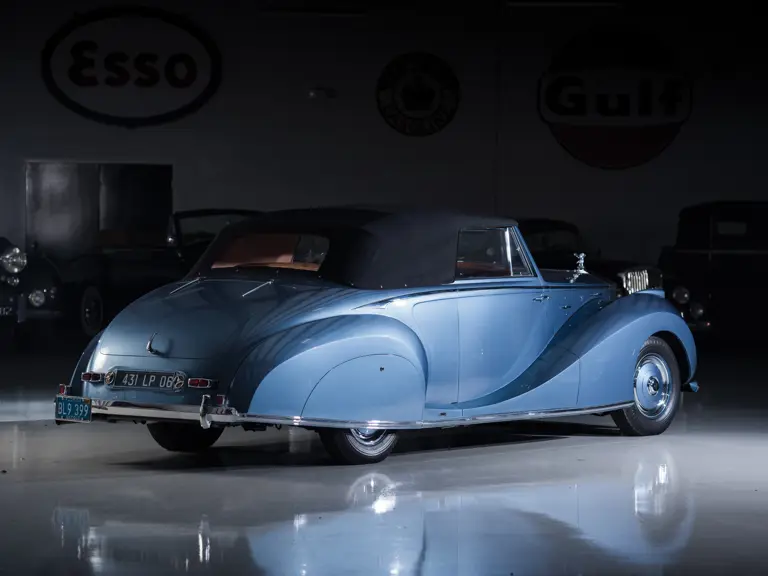



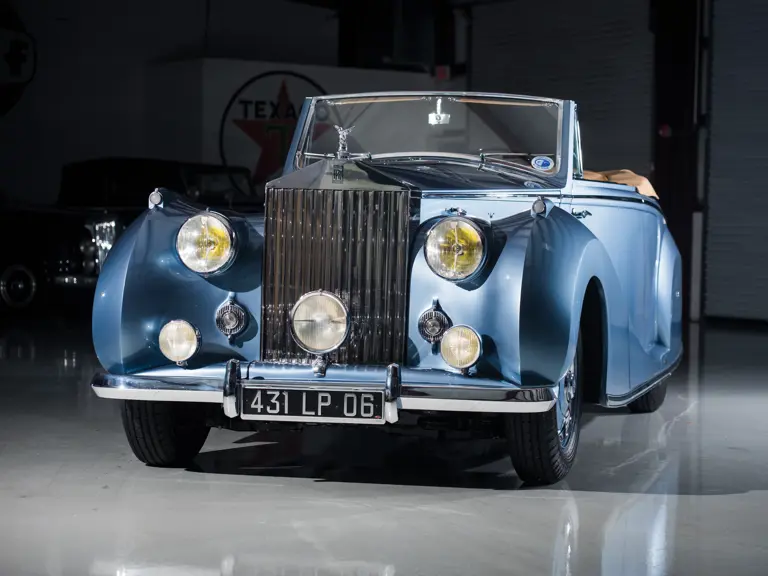
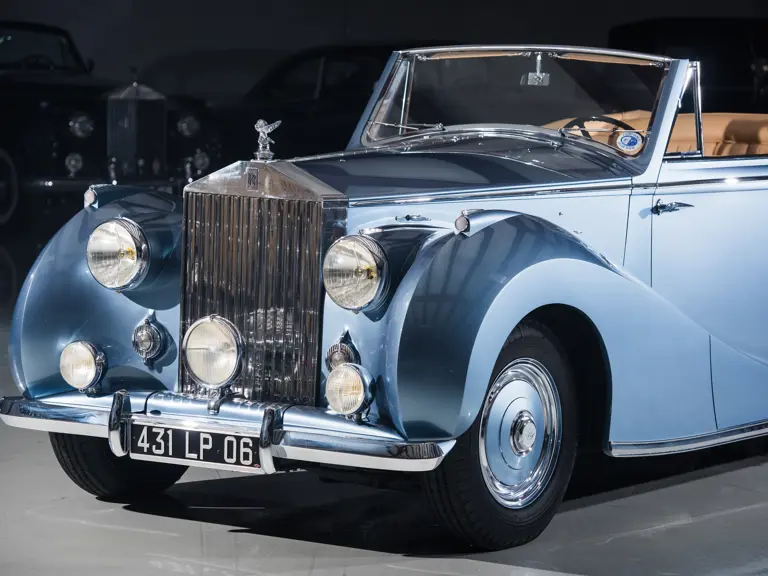
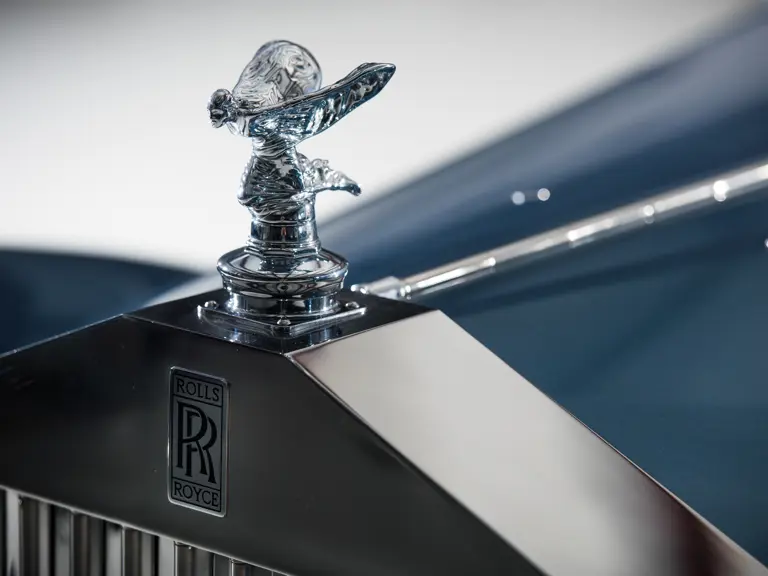
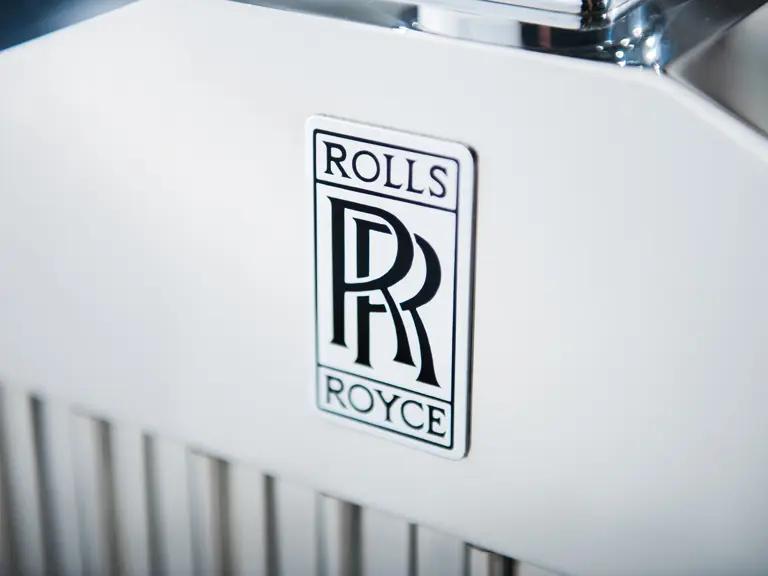

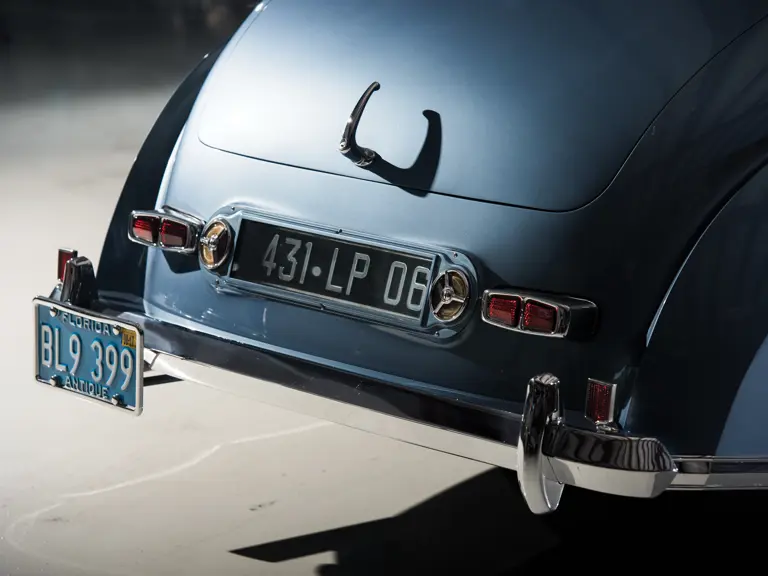



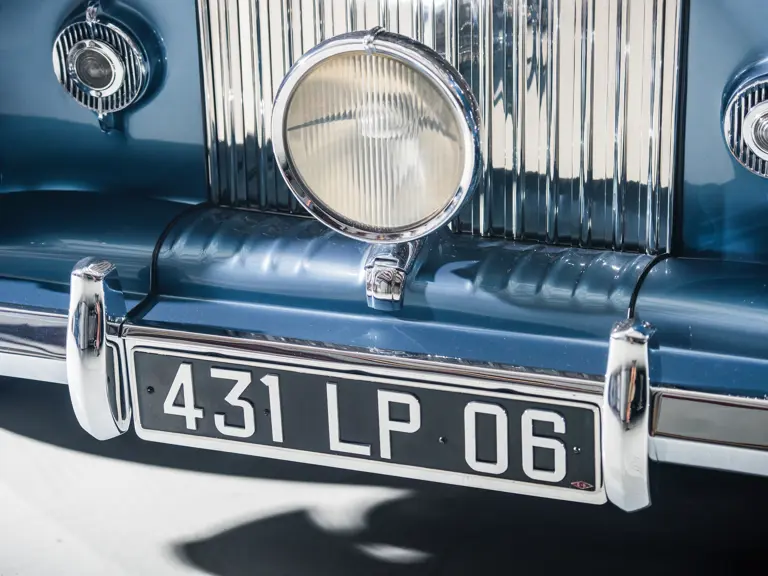
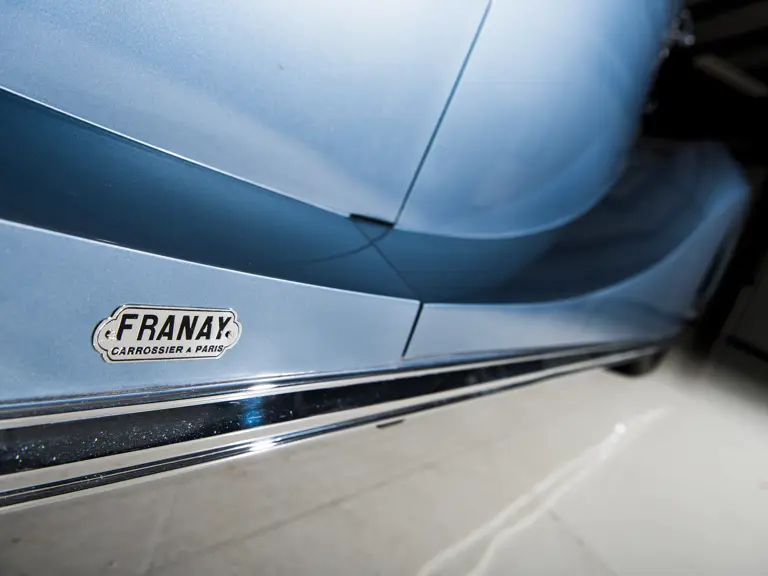
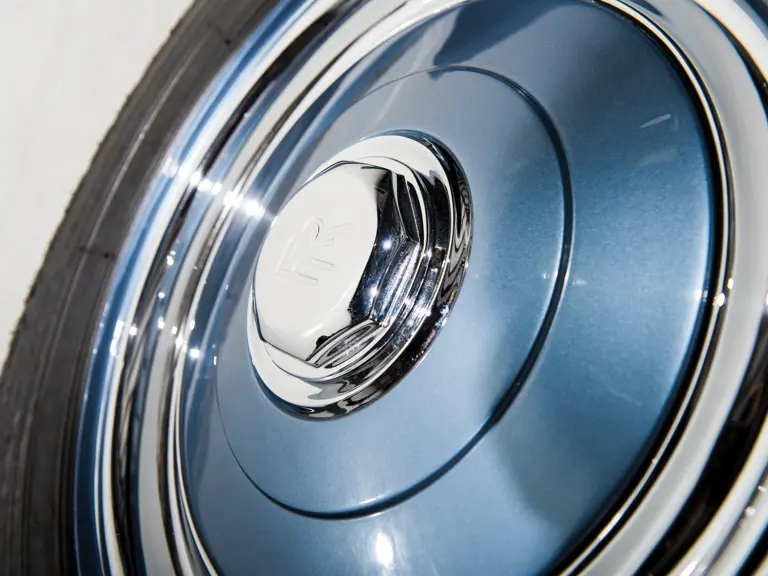
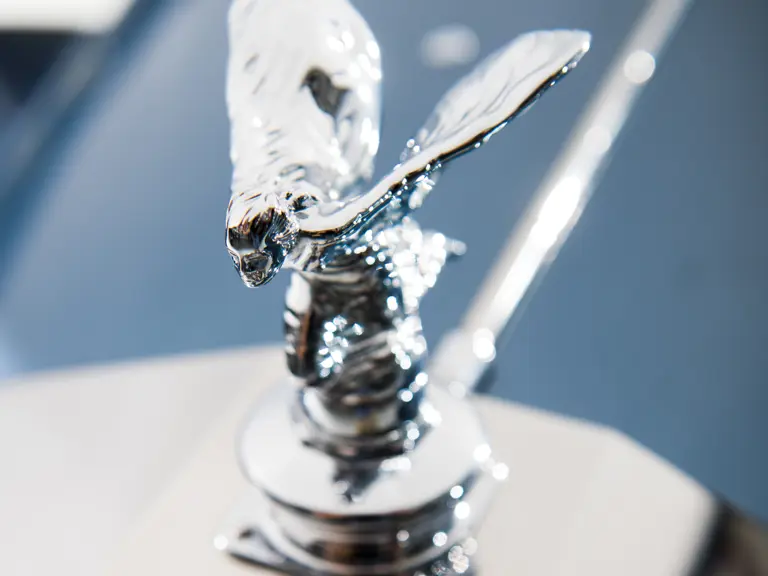
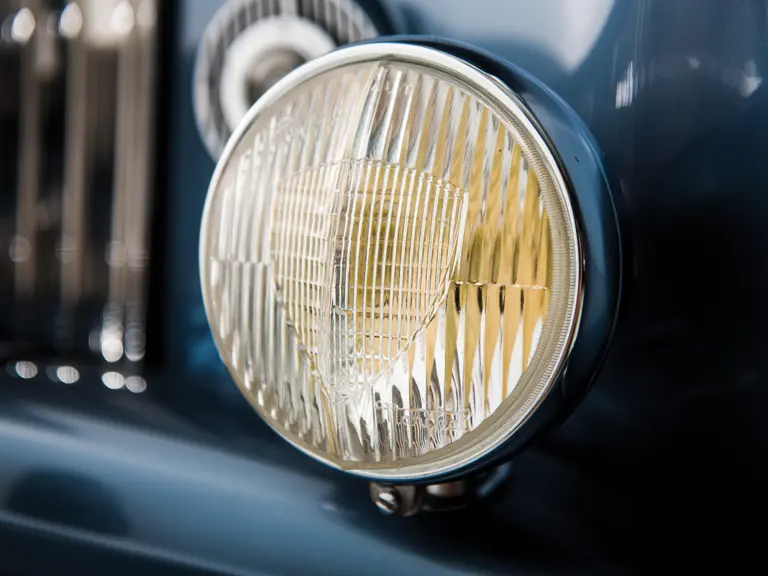
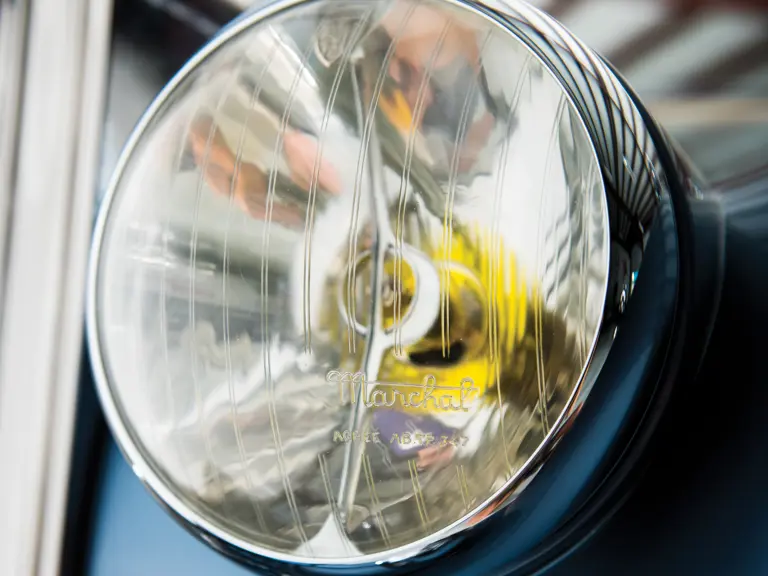
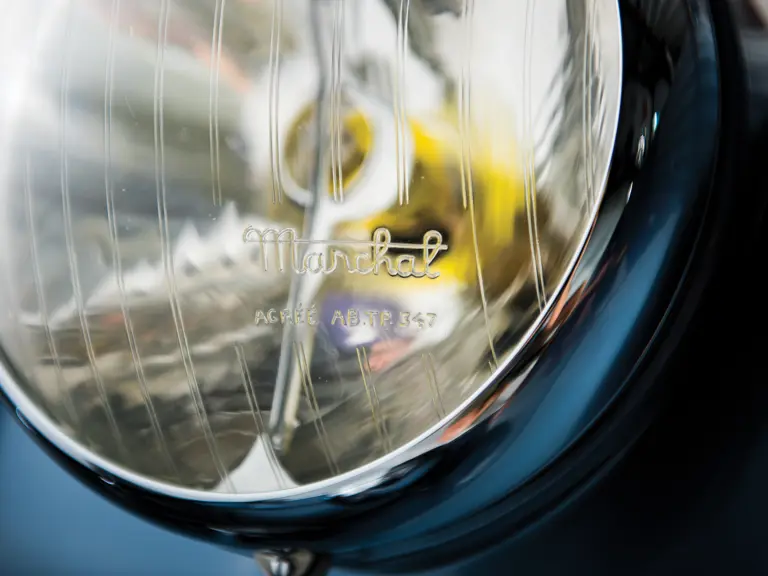
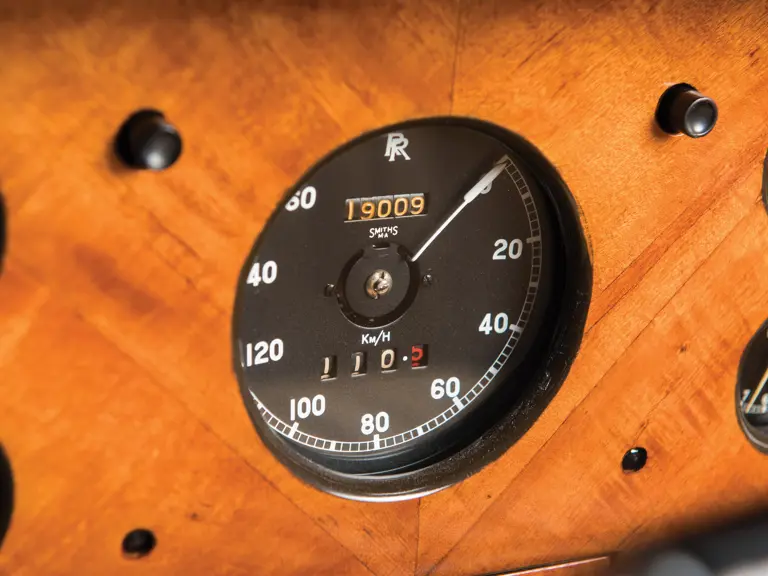

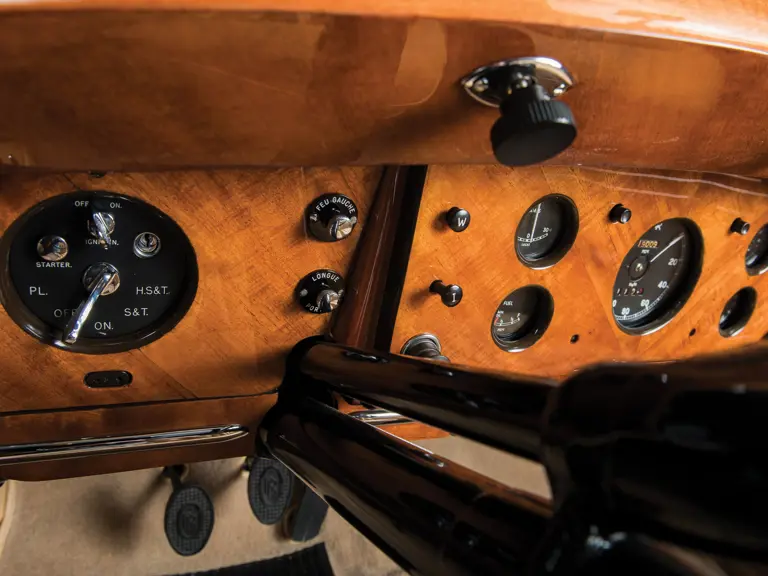
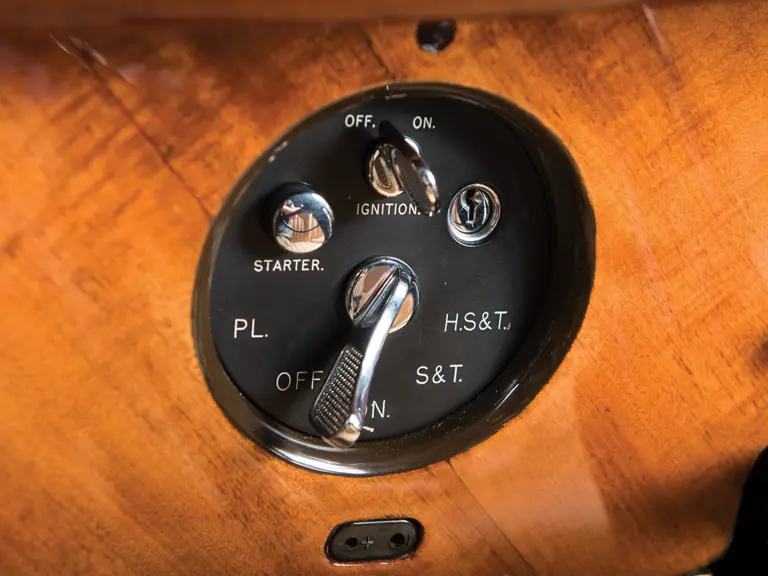
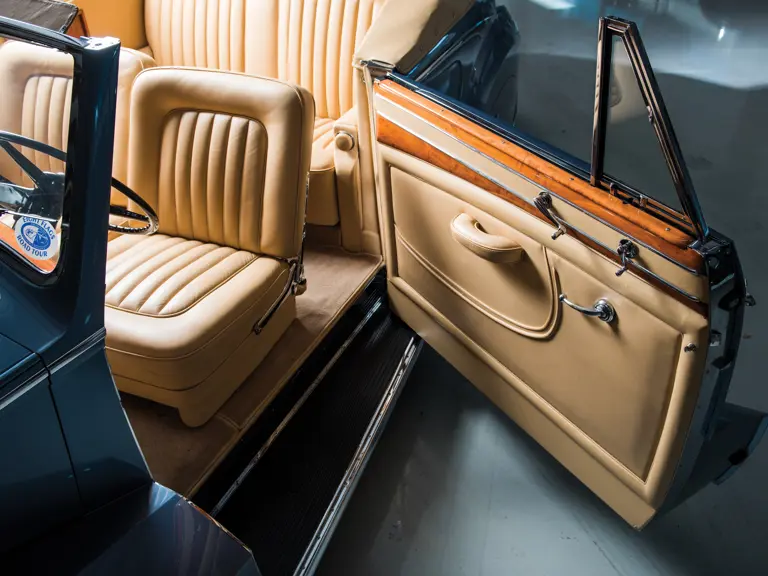

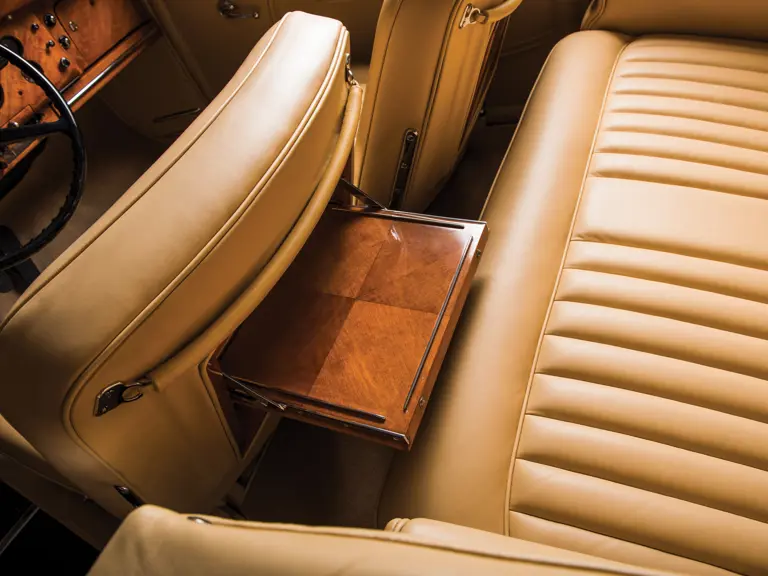
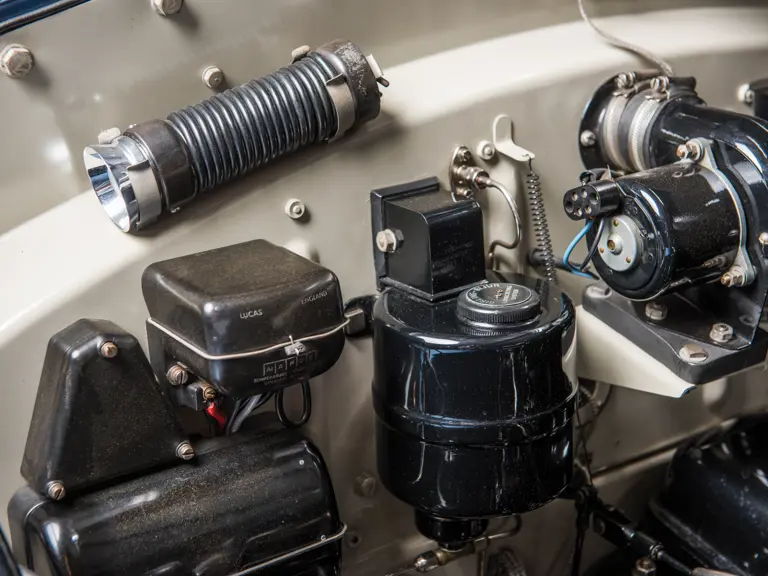


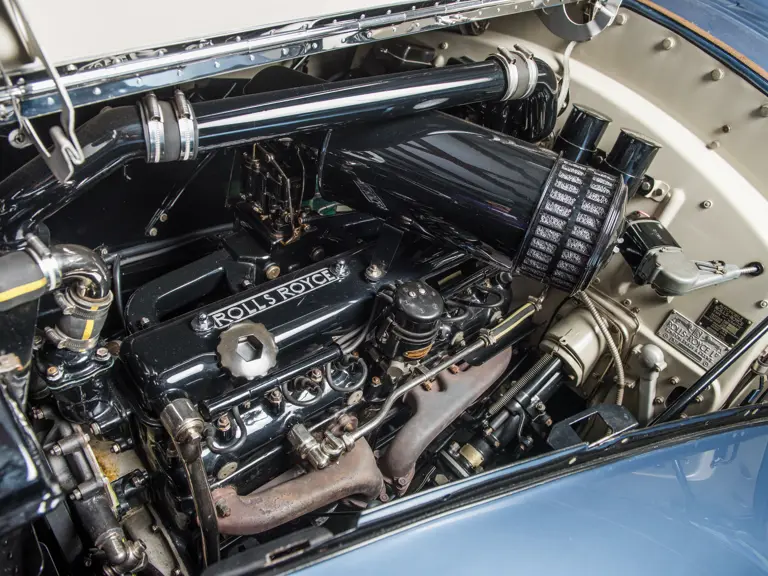


 | Amelia Island, Florida
| Amelia Island, Florida

